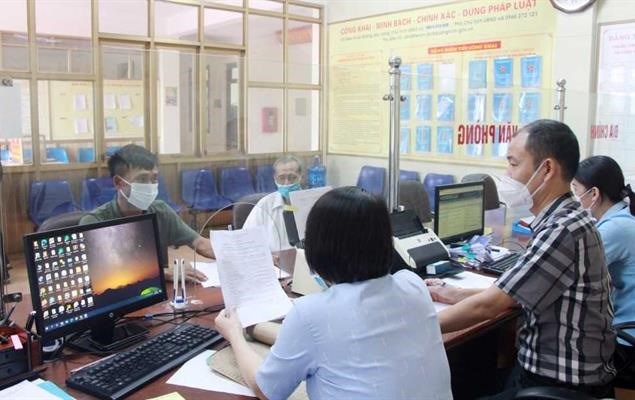Hai Duong People's Committee has just issued a plan to arrange communal administrative units in the province. According to the plan of arranging the administrative unit at the commune level, the newly arranged new communes will have a natural area and the population size of 200% or more compared to the standards prescribed in the Resolution of the National Assembly Standing Committee.
The new commune will have a natural area of 42 km2 or more (current standard is 21 km2), a population of 16,000 or more people (current standard is 8,000 people). For new wards, the area must be 15 km2 or more (compared to current regulations 5.5 km2), the population must be 30,000 people or more (current standard is 7,000 people for wards under the city, 5,000 people for wards under towns).
The implementation roadmap includes steps: People's Committees at district and commune levels conducted criteria on area and population; Develop a plan of communal arrangement; Hai Duong People's Committee based on the district's plan to prepare a overall project to submit to the Provincial Standing Committee, the Provincial People's Council, the Ministry of Home Affairs, the Government and the Standing Committee of the National Assembly before 1.5.2025.

The arrangement of commune-level administrative units will be completed according to plan, with the new administrative unit officially coming into operation from July 1, 2025.
At the same time, localities in Hai Duong province will reorganize and perfect the organizational apparatus, arrange a team of cadres, civil servants, public employees and workers at agencies, organizations and units under the new administrative unit; completely resolve the regime and policies for redundant cadres, civil servants, public employees and workers.
In parallel with the implementation of the arrangement of commune-level administrative units, localities will simultaneously implement the arrangement and consolidation of the apparatus; arrange a team of cadres, civil servants, public employees and workers at agencies, organizations and units under the new administrative unit.
In addition, focus on resolving the regimes and policies for redundant cadres, civil servants, public employees and workers. Localities will also rearrange working headquarters, handle public assets of agencies, organizations and units in the new administrative area; revoke old seals, engrave new seals and convert related documents of individuals, organizations and enterprises due to changes in boundaries and names of administrative units.











